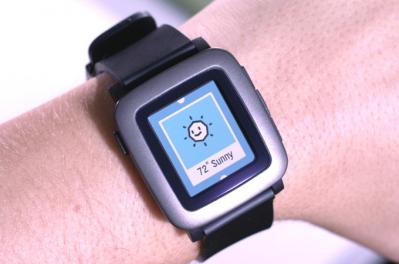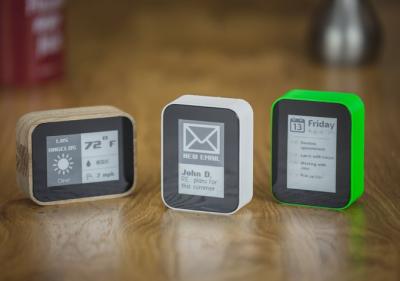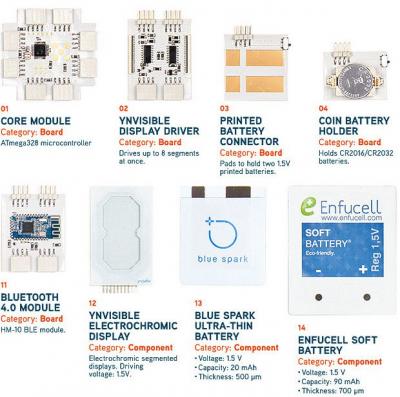E Ink invest in Wuxi Vision Peak, to collaborate on e-paper applications
E Ink announced announced an investment it made in Wuxi Vision Peak Technology (previously Wuxi Wei Feng Technology), a service provider in e-paper display R&D.
E Ink (which invested in Wuxi via its subsidiary Transcend Optronics) and Wuxi Vision Peak will form a strategic partnership and join foruces to expand the E Ink market and promote the use of e-paper in applciations such as electronic price tags and electronic shelf labels. Besides the investment, E Ink will provide technical support.





